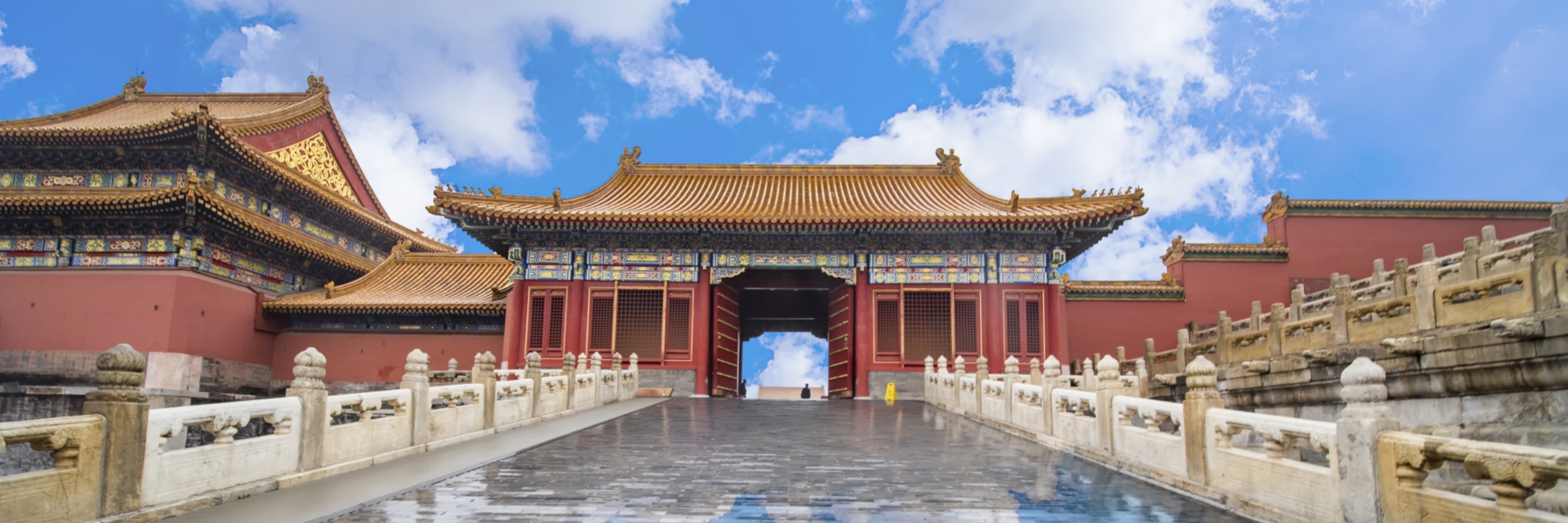
Forbidden City in Beijing: Discover the Legendary Palace
By Leo
Hello everyone, I’m Leo. Years of traveling to Beijing have shown me countless historic wonders, but few compare to the majesty of the Forbidden City in Beijing. This legendary landmark opens a unique window into China’s imperial past, with its grand halls, intricate architecture, and centuries of history.
In this guide, I’ll share my personal experiences along with practical tips to help you explore the Forbidden City thoroughly and appreciate its timeless cultural significance.
What is the Forbidden City?
The Forbidden City in Beijing (Zijincheng), also known as the Palace Museum, served as China’s imperial palace during the Ming and Qing dynasties. For over 500 years, it was home to 24 emperors and is centrally located, making nearby attractions like the Temple of Heaven and Lama Temple easy to reach.
World’s Largest Ancient Wooden Complex
Recognized as a UNESCO World Heritage Site, it is the largest surviving ancient wooden architectural complex in the world, showcasing the grandeur of traditional Chinese design.
Central Axis Layout
The Forbidden City is famous for its strict north–south axis. All main halls align perfectly from the Meridian Gate in the south to the Gate of Divine Prowess in the north.
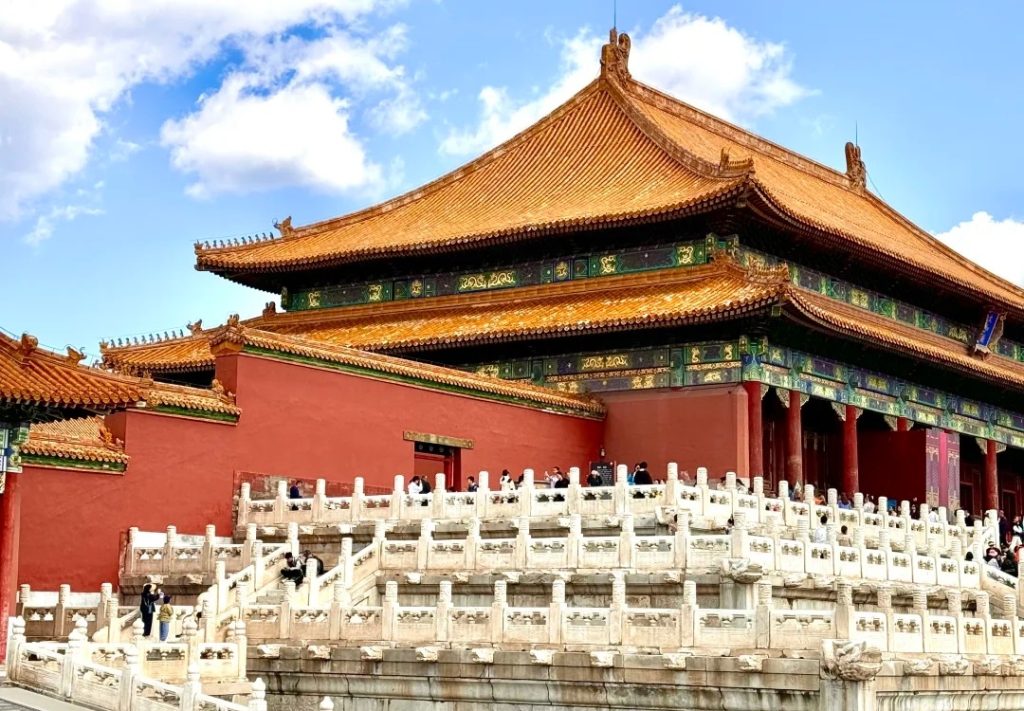
Must-See Highlights of the Forbidden City in Beijing
The Forbidden City in Beijing is divided into two main areas: the Outer Court and the Inner Court. The Outer Court served as the political center where emperors held ceremonies and governed, while the Inner Court was the private residence for the imperial family.
Outer Court Highlights
- Hall of Supreme Harmony (Taihe Dian):The largest hall in the Forbidden City in Beijing, with 72 wooden pillars and decorated roof ridges.
Function: Hosted coronations, imperial weddings, and emperor’s birthdays. - Hall of Central Harmony (Zhonghe Dian):A smaller square hall with a golden throne, used by emperors to rest and prepare for ceremonies.
Function: Preparation space for speeches and robes before official events. - Hall of Preserving Harmony (Baohe Dian):Features a massive marble dragon carving.
Function: Later used for imperial exams and royal banquets for foreign envoys.
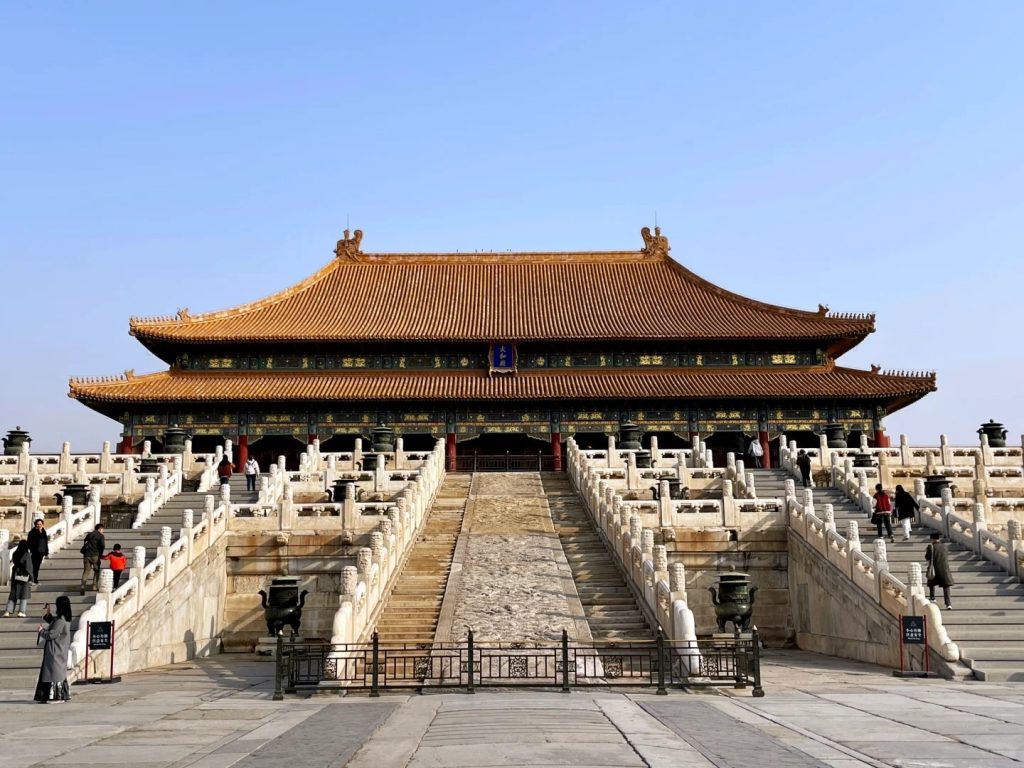
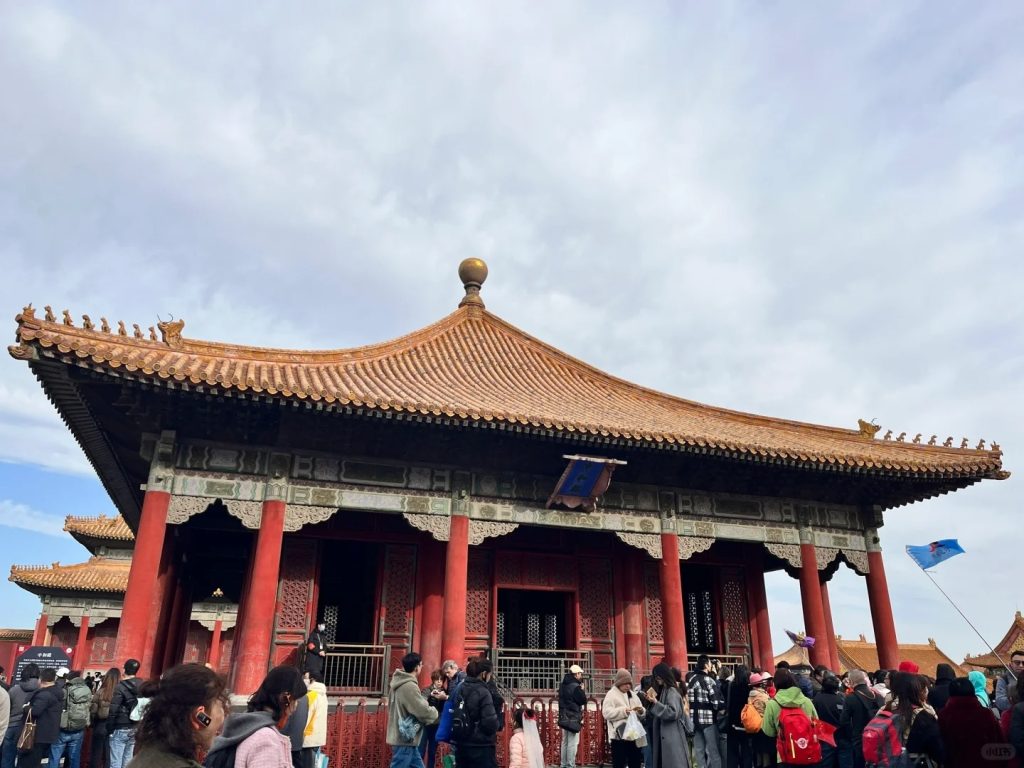
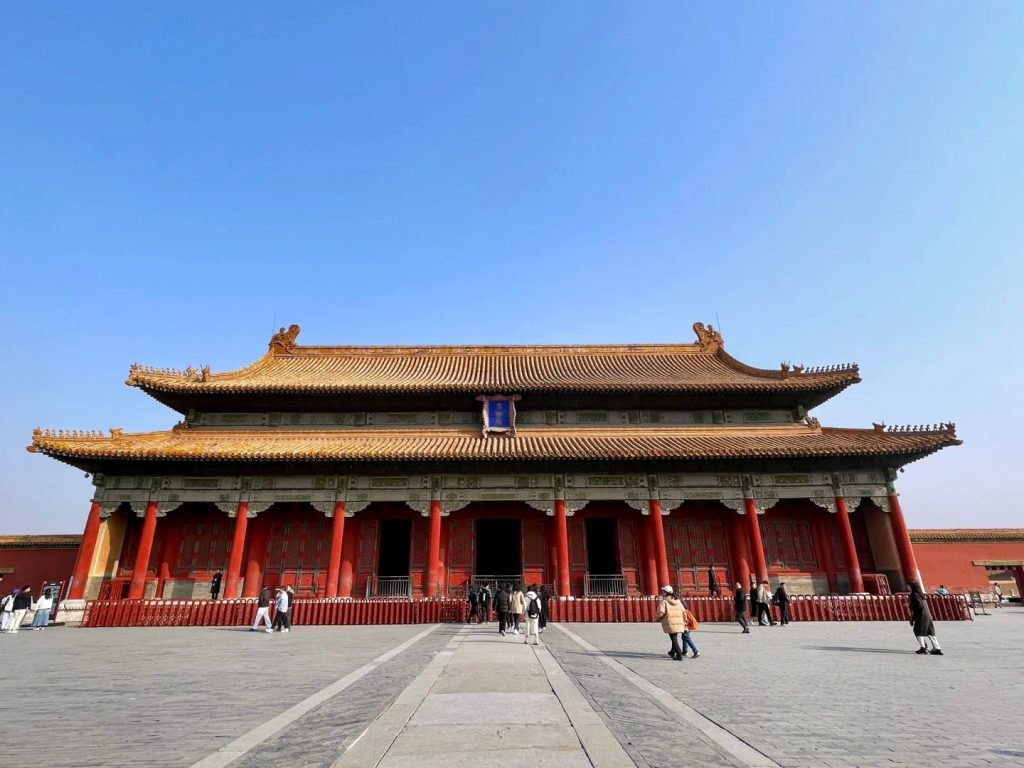
Inner Court Highlights
- Palace of Heavenly Purity (Qianqing Gong):Grand hall with golden dragons and throne.
Function: Emperor’s bedroom and venue for decrees and receiving tribute. - Hall of Union (Jiaotai Dian):Square hall connecting inner palaces, housing 25 imperial seals.
Function: Hosted the empress’s birthday and stored royal seals. - Palace of Earthly Tranquility (Kunning Gong):Eastern section for weddings, western section for family rituals.
Function: Imperial weddings and ancestral worship.

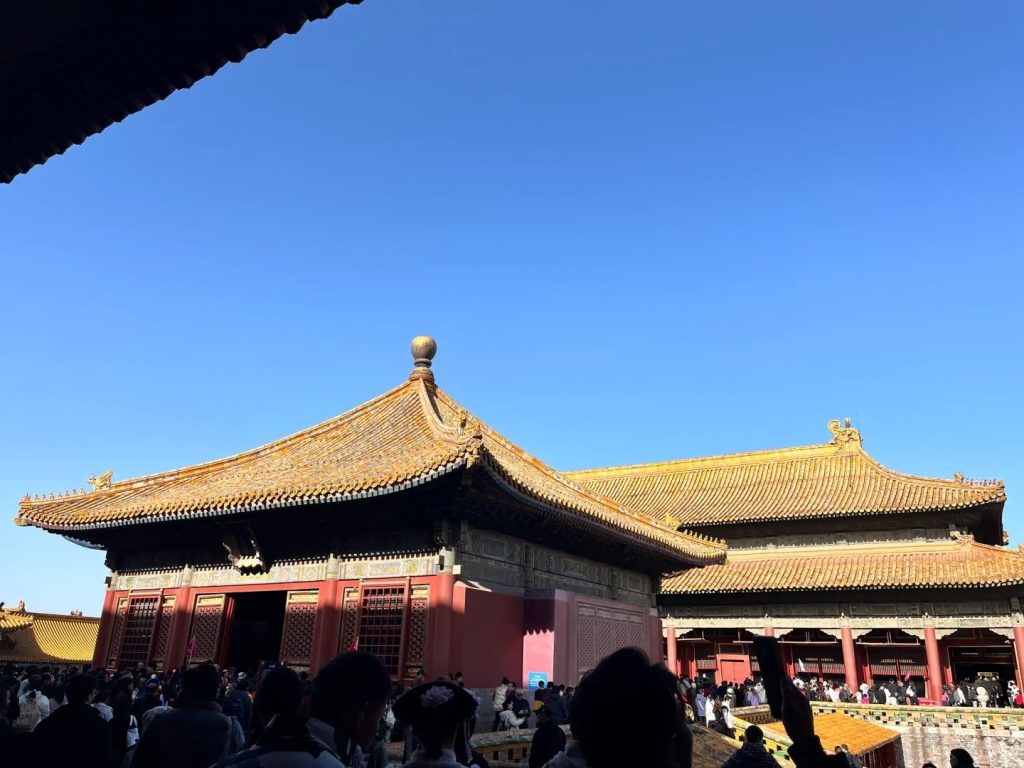
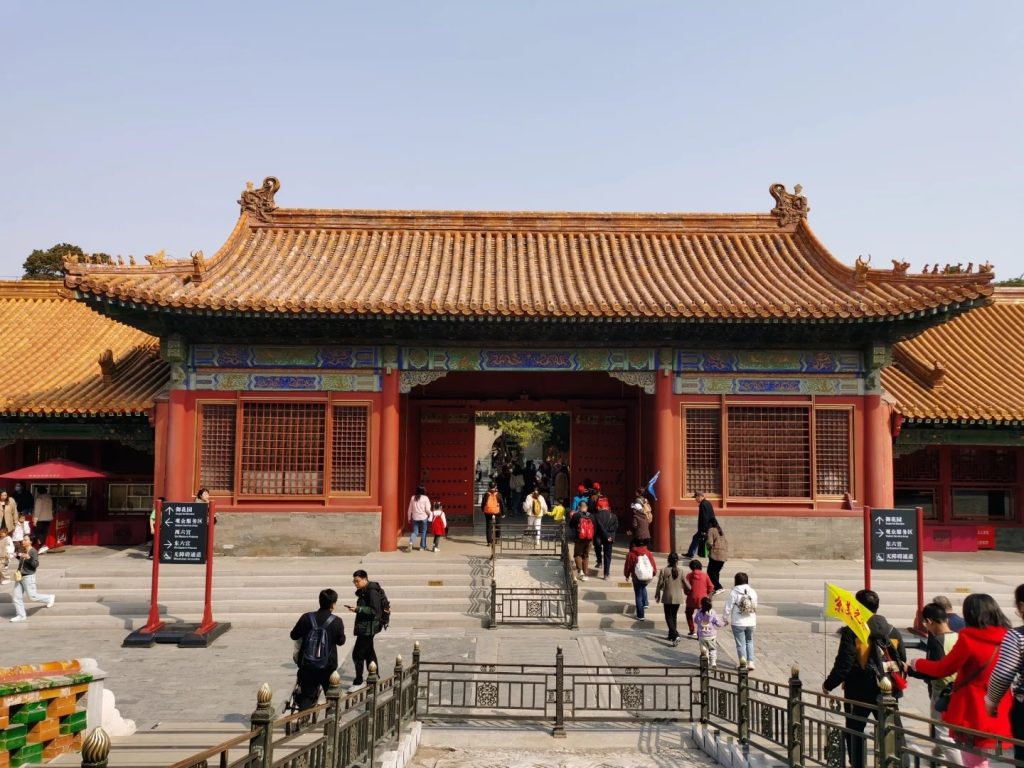
The Imperial Garden in the Forbidden City
The Imperial Garden in the Forbidden City is a tranquil oasis that blends nature and traditional design, offering visitors a serene escape within the historic palace grounds.
Location: North of the Palace of Earthly Tranquility, south of the Gate of Divine Prowess—at the end of the central axis.
Features:
- Centered around Qin’an Hall (a Taoist temple for imperial prayers), with a compact yet elegant layout.
- Ancient cypress trees, winding paths, and rock gardens with Taihu stones blend northern grandeur and southern delicacy.
- Pavilions like Fubi Ting (Floating Green Pavilion) and Wanchun Ting (Everspring Pavilion) offer rest spots. Autumn brings stunning golden ginkgo leaves against red walls.


How to Easily Reach the Forbidden City in Beijing
Getting to the Forbidden City in Beijing is easy with public transport. Here are simple directions by subway and bus to help you reach the palace smoothly:
- Subway: Take Line 1 to Tiananmen East Station (Exit B) or Tiananmen West Station (Exit C), then walk 10–15 minutes to the Meridian Gate, the main entrance.
- Bus: Routes 1, 2, 52, or 82 stop near Tiananmen Square; follow signs to the palace.
⚠️ Note: Visits are one-way. Enter through the Meridian Gate (south) and exit via the Gate of Divine Prowess (north) or Donghua Gate (east). No walking against the flow is allowed.
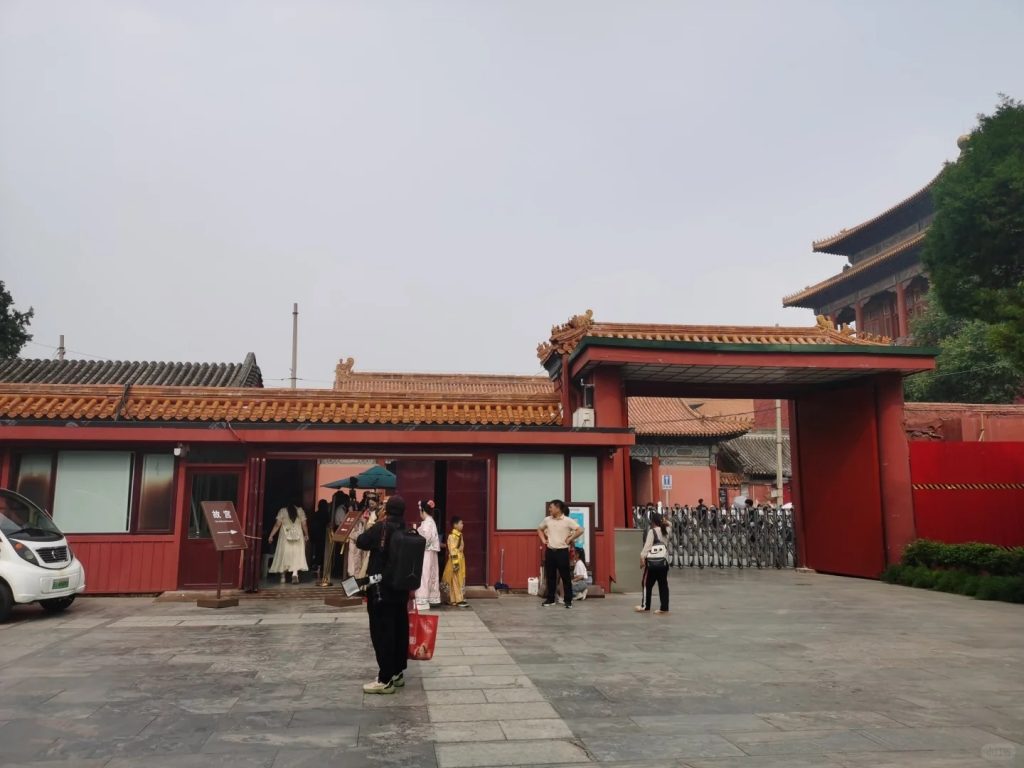
Best Time to Visit the Forbidden City in Beijing
Knowing the best time to visit the Forbidden City in Beijing can help you avoid crowds and enjoy the palace at its most beautiful.
- Time of day: Arrive at opening time (8:30 AM) to avoid crowds; midday gets extremely busy.
- Seasons: Spring (April–May) and autumn (September–October) offer mild weather. Autumn’s golden light enhances the palace’s red-and-gold architecture.
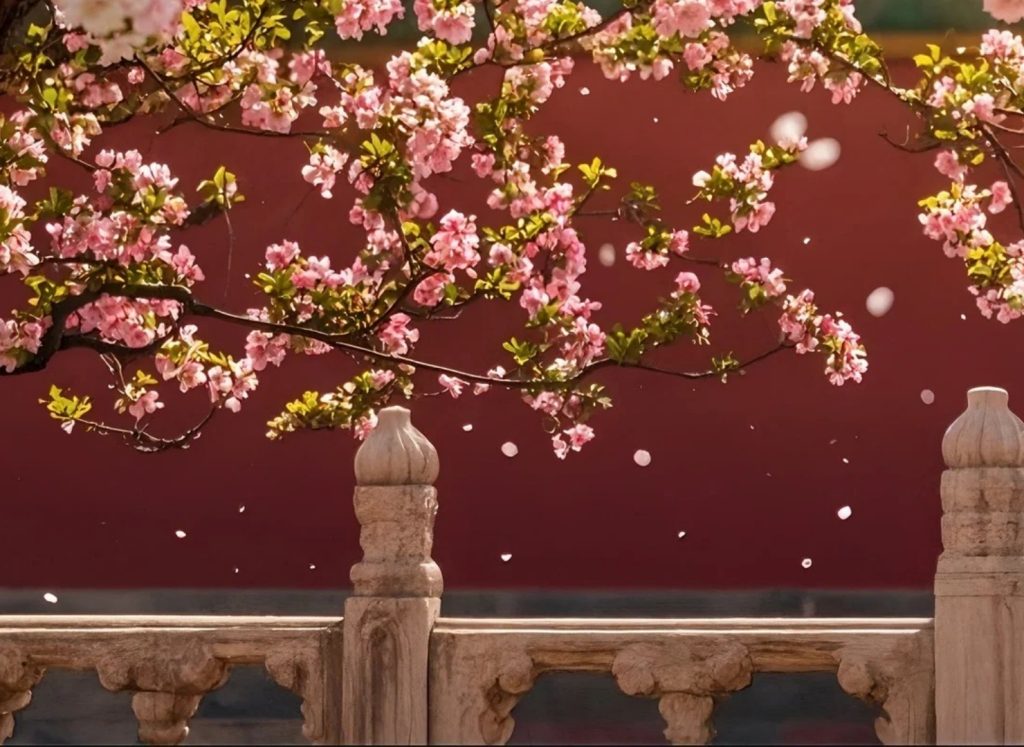
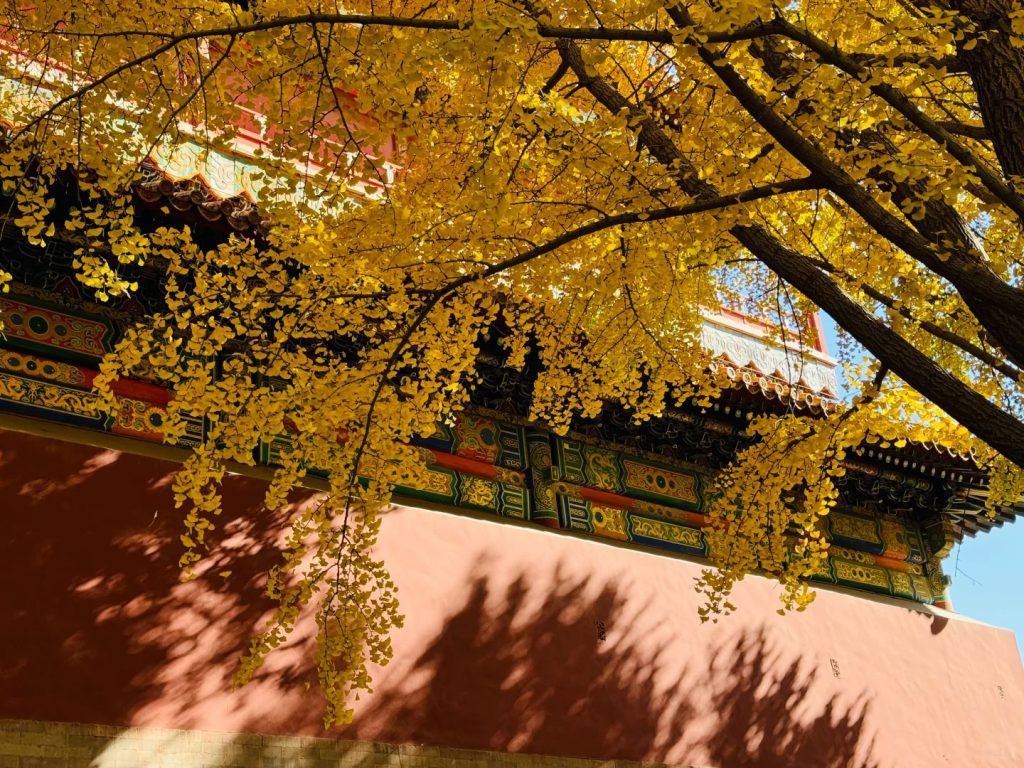
Essential Preparation Tips for Visiting the Forbidden City
To make the most of your trip to the Forbidden City in Beijing, proper preparation is key. From planning your route to knowing what to expect inside, these essential tips will help you navigate the palace smoothly and enjoy every moment of your visit.
| Tip | Details |
| Luggage Storage | Free storage at the service center near the Meridian Gate. Leave large bags for a lighter walk while exploring the Forbidden City in Beijing. |
| Prohibited Items | Large tripods and selfie sticks are not allowed. Security checks will confiscate dangerous items. |
| Water Refill Stations | Free drinking water at rest areas near major halls (look for “Drinking Water” signs). Bring an empty bottle for your visit. |
| Dining Options | Casual restaurants and snack stands near the Hall of Preserving Harmony and the east/west wings serve simple meals like noodles and rice. |
| Rest Areas | Benches and pavilions are scattered throughout—take breaks to avoid fatigue, especially on hot days in the Forbidden City in Beijing. |
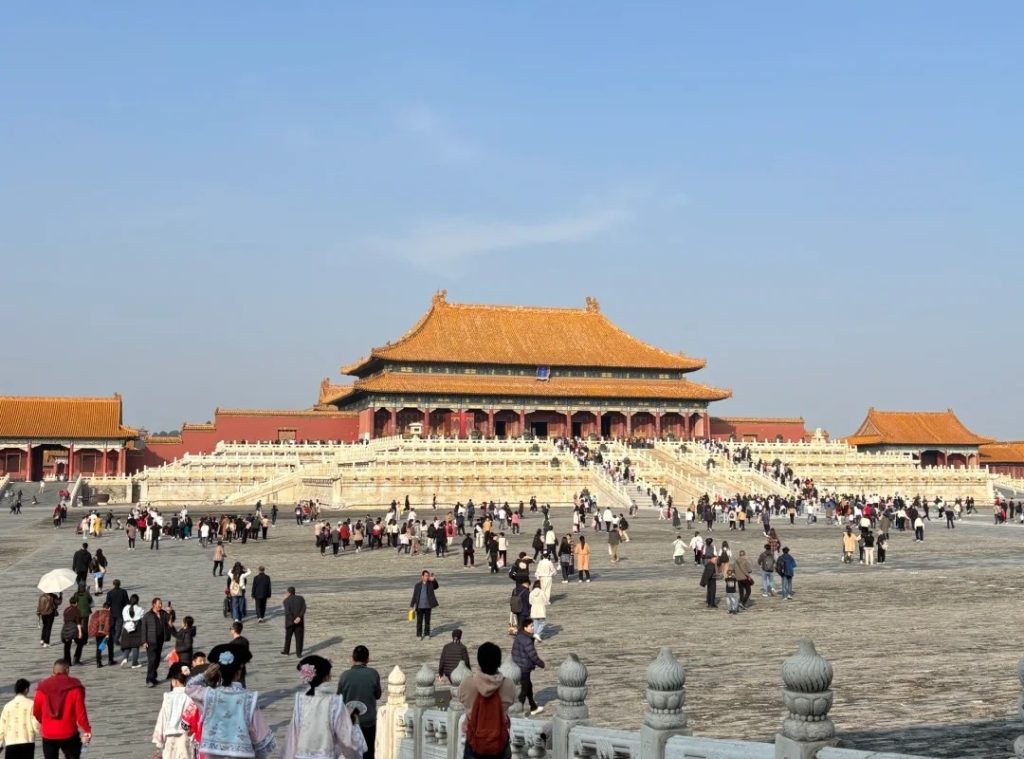
Discover the Forbidden City in Beijing, a breathtaking journey through China’s imperial history. Its grand halls, intricate architecture, and rich cultural heritage make it a must-see for every traveler. Step inside, explore the legacy of emperors, and experience one of the world’s most legendary palaces. The Forbidden City in Beijing is waiting for you!